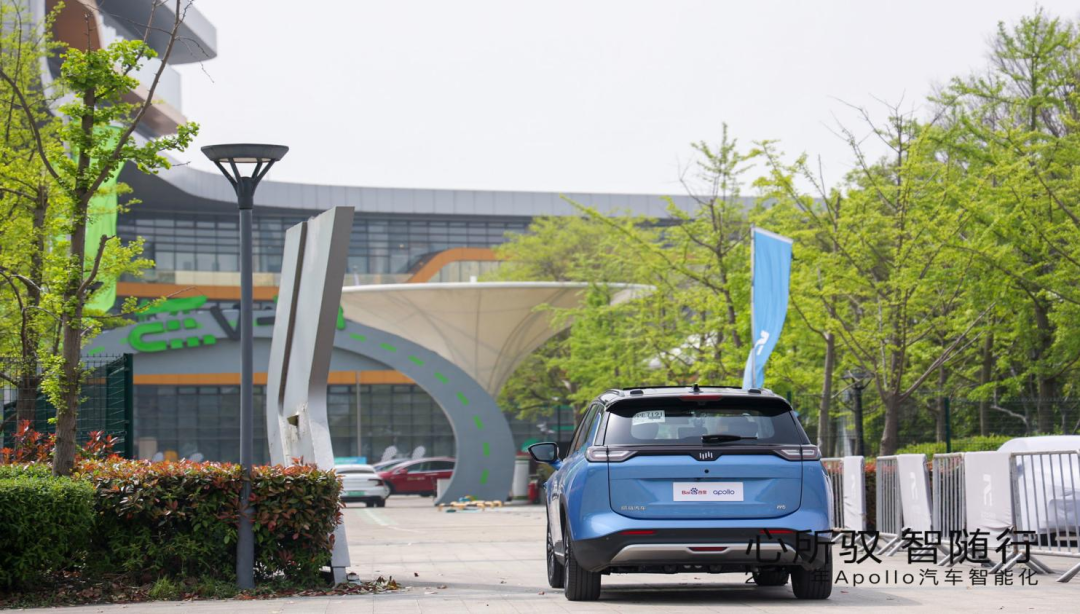*This article is reproduced from the “autocarweekly” WeChat official account.
Author: Karakush
This year’s Shanghai Auto Show seems to have some historical turning points.
Many friends are building cars with great effort, and then not driving them, which is very chic, and they also want to prove how to not drive in a more chic way.
Like Baidu.
A few days ago, we tried a model equipped with their ANP navigation assistant driving technology in Jading Anting. The name is humble, but in fact it walked ahead of the commercially available technology, and could perform automatic driving on urban roads – not just highly standardized and civilized roads such as highways or city expressways, but also real human wild roads.
There are various traffic lights and traffic signs, various types of road conditions and scenarios, such as U-turns, sharp turns, intersections, roundabouts, and so on, and various sizes and postures of traffic participants, exercising their respective road rights. These are commonly known as the problem of “complex roads with Chinese characteristics”.
Basically, we walked such a section, starting from Boyuan Road and circling more than 10 kilometers, taking about 17 minutes. What surprised us was that the whole process was manual-free, and they emphasized that they did not use a laser radar.
The operation that people need to complete is very simple and straightforward. After the system plans the route, confirm “Start Navigation” on the screen, and then confirm “Use Navigation Assistant Driving”. The vehicle will start to move on its own.
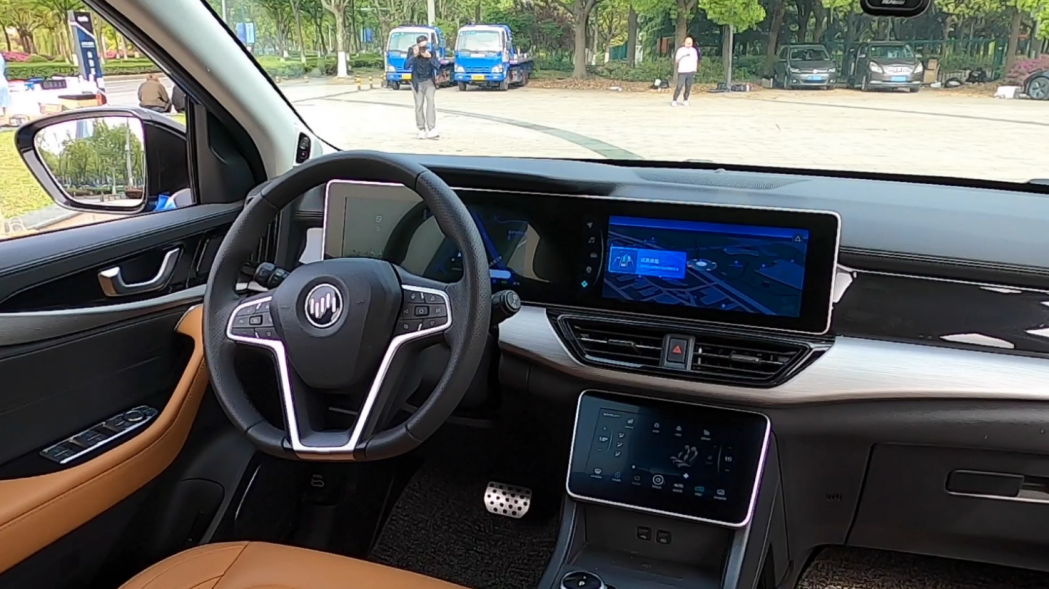
ANP is strictly set according to the traffic rules. The road sections we passed have a speed limit of 60 kilometers/hour and a speed limit of 30 kilometers/hour. The car will automatically switch up and down, but it will always be lower than the speed limit, such as on a road with a speed limit of 60 kilometers/hour. Our speed is kept at around 48 kilometers/hour on average, which is a relatively conservative strategy.
Apart from being slightly more cautious, we are no different from other vehicles on the road, even in places where it looks difficult, such as a double-lane intersection, we turn according to the rules. Friends at that intersection probably didn’t think that a strange thing had mixed into the queue, but it was actually quite exciting for us.
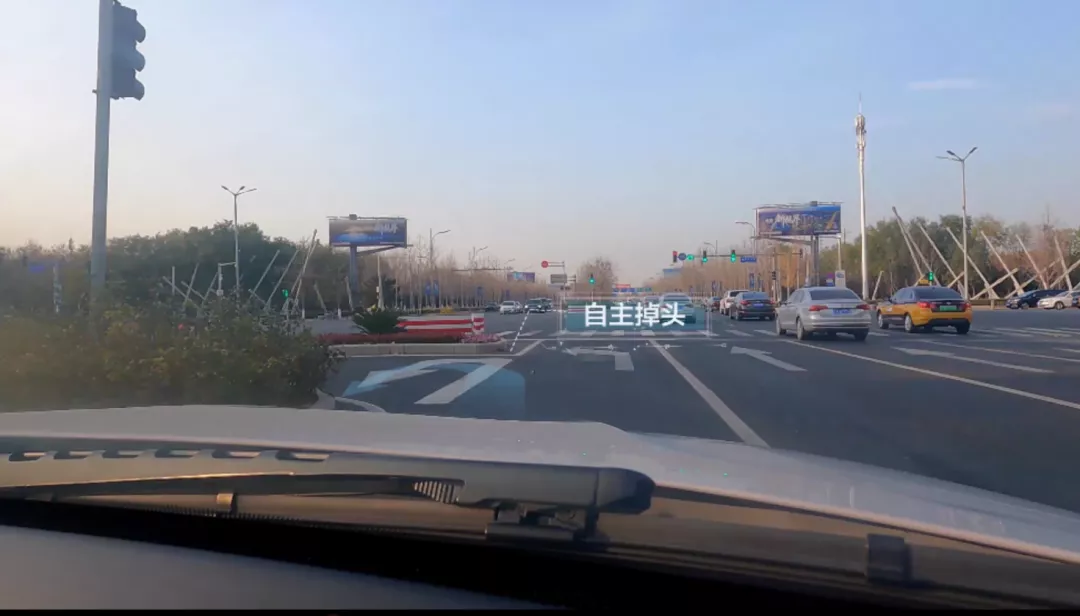
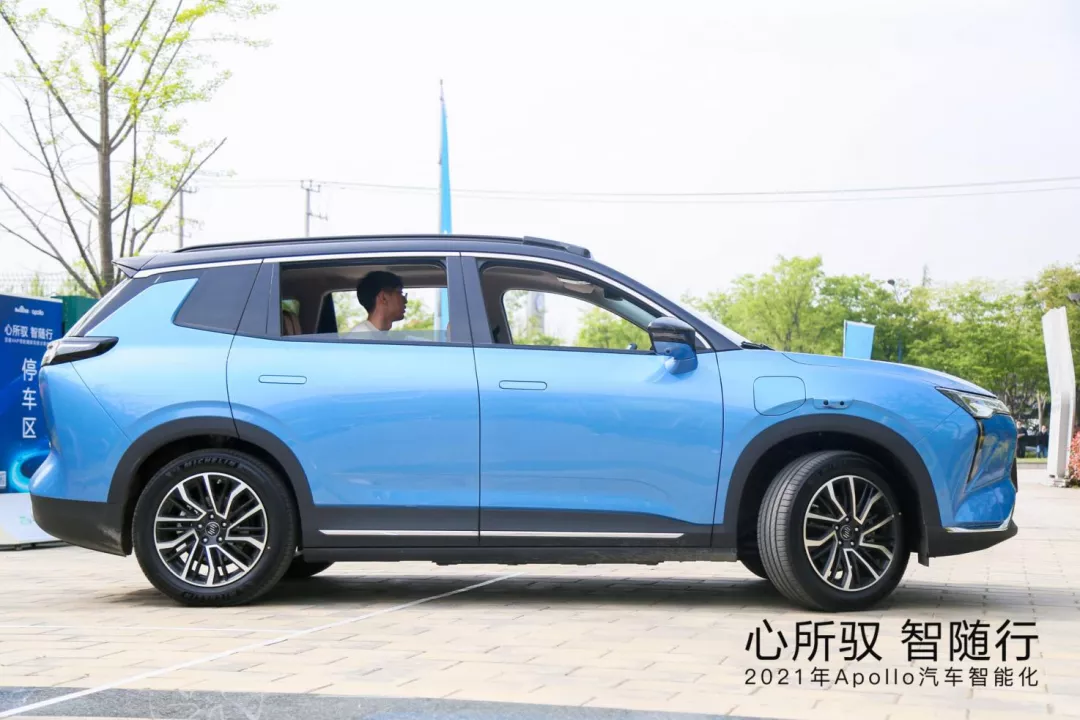 When there is not much traffic, the difference between human driving and ANP driving is noticeable. Human drivers tend to ignore traffic rules and speed up when there is an opportunity, while ANP follows the rules strictly. Baidu’s team told us that considering the user experience, car owners will be given the freedom to adjust their driving speed within a 10%-20% range, but they must still respect traffic rules. Driving faster is not a problem from a technical perspective.
When there is not much traffic, the difference between human driving and ANP driving is noticeable. Human drivers tend to ignore traffic rules and speed up when there is an opportunity, while ANP follows the rules strictly. Baidu’s team told us that considering the user experience, car owners will be given the freedom to adjust their driving speed within a 10%-20% range, but they must still respect traffic rules. Driving faster is not a problem from a technical perspective.
Driving at this speed in the city theoretically has a high probability of being cut off. However, on that day, the traffic was relatively relaxed, and we were at most cut off once or twice, and it was considered a peaceful merge. ANP handled it very smoothly without any abrupt braking. Instead, it slowed down with a polite distance.
It’s not always too passive. For example, when ANP recognizes that there are only 2 seconds left for a green light, it automatically accelerates to cross the intersection before it turns yellow. On the other hand, ANP gives up and stops when it reaches a yellow light.
When encountering a slower front car, ANP would pass it proactively. For example, when there was a delivery motorcycle on the lane, the rider was looking at his phone confidently while driving in the center. After waiting for a second or two, ANP judged that it was not safe to follow him and changed lanes to the left. Baidu’s team added that if the motorcycle was riding very close to the right and there was enough space, ANP would go around it.
The central screen displays real-time information about the car’s surroundings and route, including the basic road structure, different types of vehicles and objects, such as pedestrians, and even ice cream cones, all with different markings.
But what you see on the screen is not all, as it only displays the vehicles in front of you, about two or three spaces away, while the actual detection distance is further and with much more information than what is shown. Baidu only shows the core information and omits details like green belts. The surrounding buildings are also abstracted into blocks to avoid overwhelming drivers with too much information.
One of the highlights of the display is its dynamic capture, which is very timely. I compared the display with real-time traffic and found that there was almost no delay in the display of oncoming vehicles, from approaching to crossing, even though the rendering quality of the video is not perfect yet. The display will continue to be optimized and Baidu claims that the final product will allow for direct drag and drop with your fingers, and the perceived road information will also change size and angle accordingly.During the past week, similar road functions have been repeatedly mentioned. One is XPeng Motors, announcing that it will be pushing it in its next version of Xpilot 3.5, an automatic driving assistance system. The other is Huawei’s “Huawei Inside,” which is carried on the cooperative model ARCFOX “Ji Hu Alpha S” and is undergoing small-scale invitation experiences at Jingqiao in Shanghai. The new car is expected to be delivered starting in November or December of this year.
They have one thing in common, which is that laser radar is integrated into the perception hardware. The former requires the installation of two, while the latter requires three. Earlier, it was mentioned that Baidu ANP did not use laser radar but adopted a pure visual solution. Its sensors include 12 common cameras, five millimeter-wave radar and 12 ultrasonic radar currently used in ADAS.
Whether to use laser radar or not is actually a long-standing “route dispute” in the field of automatic driving. Now, more and more manufacturers are standing on the side of laser radar, believing that it is a must-have for advanced urban roads.
Representing the other side, besides Baidu, there is also Tesla. The latter has already launched the FSD beta test to users in North America, which includes urban road functions. Baidu ANP and Tesla FSD are minorities, almost the only two automatic driving products on the market that can cope with urban roads without using laser radar (Mobileye’s Supervision also has this capability, but has not yet been widely promoted to the public).
What is the fundamental difference between the two routes? Or, what problems can be produced/solved by using or not using laser radar? In fact, the distinction between the two is not as clear cut as it seems.
If we compare the advantages and disadvantages of cameras and laser radar, we will find that these sensors are not completely complementary. For example, although laser radar is not affected by insufficient light at night, it is also affected by interference in severe weather such as heavy rain. The essence of increasing laser radar is to increase redundancy through stacking strategies and to try to solve corner cases in extreme situations.
Translate the following Chinese Markdown text into English Markdown text in a professional manner, retaining HTML tags inside Markdown and only outputting corrections and improvements without explanations:
Being able to handle more corner cases, even all of them, is better. This determines the experience. However, it is too ideal to discuss commercial technology without context and positioning. We should think about what is suitable for the current time window with product thinking. ANP is a Level 2.9 product. Baidu hopes it can empower more vehicle models with the latest autonomous driving functions while driving with human assistance.
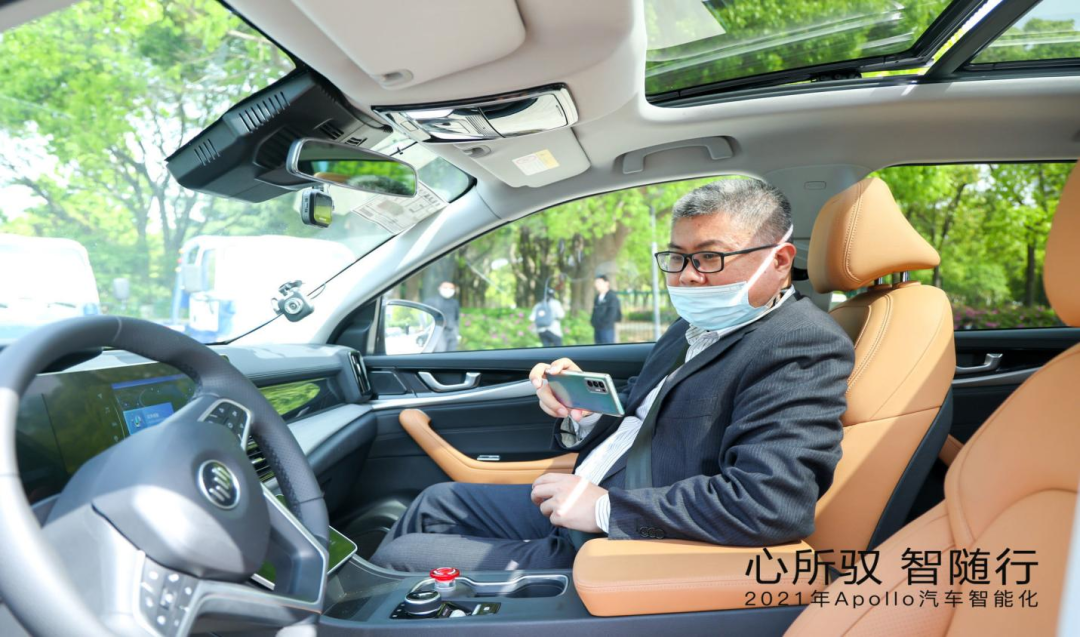
This scenario is mostly applicable in the case of finding the greatest common divisor. For example, yesterday was a pretty clear day. It had a certain degree of extensibility. For instance, we saw the camera records from a few days ago when it rained heavily and found ANP still functioned properly even in very hazy visibility. In reality, even with lidar, it is hardly effective during seriously inclement weather, and most systems are not open for use. Another example is at night when ANP’s pure visual solution works well under mature street lighting.
More importantly, Baidu has the ability to generalize. For instance, the tested road segment is in the Intelligent Driving Port, which Baidu has passed through many times. If it goes further into the masses and onto unknown open roads, Baidu is also confident in realizing autonomous driving through pure vision. The first reason is relying on high-precision map data, and the second is relying on past data accumulation and deep learning.
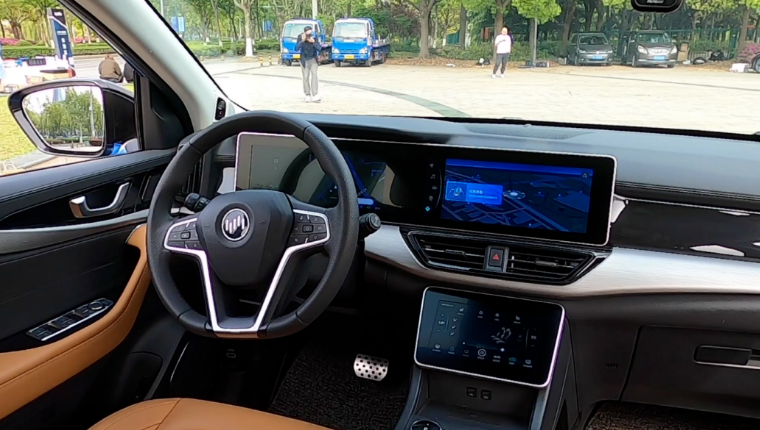
Baidu’s advantage is its dimensionality reduction technology. ANP is essentially the outcome of Baidu dropping its own L4-level Robotaxi technology. Most automakers’ self-developed systems mostly try to upgrade from L2, ADAS, without L4-level technology or validation. Baidu has almost 10 million kilometers of test mileage on robotaxis in 30 cities, and they are operating in three cities in China. These databases are all connected.
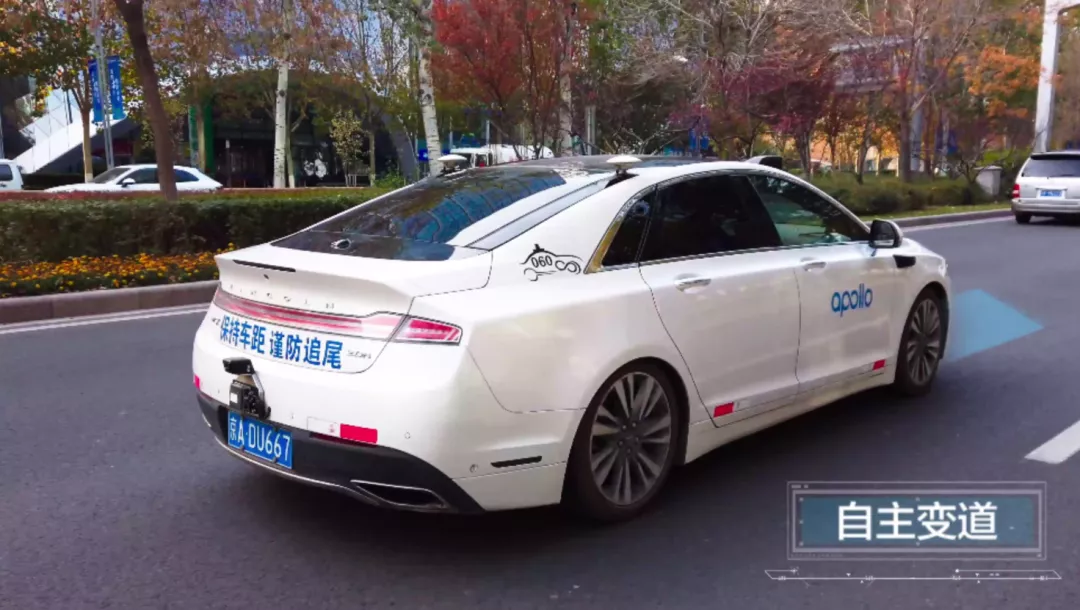
For example, when it comes to “加塞儿” (Jiā sèr), some people believe that very close incoming vehicles like this must be equipped with lidar that covers everything, including far away areas, and both senses and predicts in advance. Only then they have sufficient time to judge and execute. In reality, predictions can also be made based on previous data and many simulated scenarios, modelled by various “加塞儿”. This ensures ANP’s experience is not too bad.Baidu has no interest in answering the ultimate question of “the route dispute” through ANP. In fact, Baidu has been working on a solution with a LIDAR for several years. They also provide solutions with LIDAR for the whole vehicle industry. The difference lies in how willing the manufacturers are to pay for redundancy.
The starting point of ANP is to achieve the coolest function with the most cost-effectiveness. Its market window will be jointly determined by the market and regulations. In the short term, all autonomous driving functions will still be subject to human supervision. In other words, the hard requirements for redundancy are not so high.
In addition, LIDAR is still very expensive in the short term, and it is difficult for mid-range cars to digest them.
For example, the price of the Arcfox Alpha S Huawei HI top version that supports urban autonomous driving is over 400,000 RMB; for XPeng, the new car P5 that supports Xpilot 3.5 is estimated to be priced in the range of 150,000 to 250,000 RMB, but the version with dual LIDARs is expected to be in the high price range. Baidu’s solution can reportedly be borne by cars that cost tens of thousands or even thousands of RMB, and it is not limited to electric vehicles.
This is not just an achievement of Baidu alone. In terms of overall industry efficiency, intelligent empowerment companies represented by Baidu Apollo are solving iteration problems for a large number of automakers, saving investment in repeated development and reducing the cost of transformation to intelligence, which is also accelerating the process of intelligence transformation itself.
Yesterday, at the Baidu Apollo conference, Li Zhenyu, senior vice president of Baidu, announced that ANP’s mass-produced cars can be purchased this year. In addition, in the second half of 2021, Baidu Apollo’s autonomous driving will usher in a peak of mass production, and a new car will be launched every month.
The Chinese friends who are freely unlocking the “Tesla Autonomous Driving Function” are coming.
It makes a vision that was originally just a fantasy, or perhaps a career that may not have started for ten to twenty years, possibly come to fruition faster in our era, which is really exciting to think about.
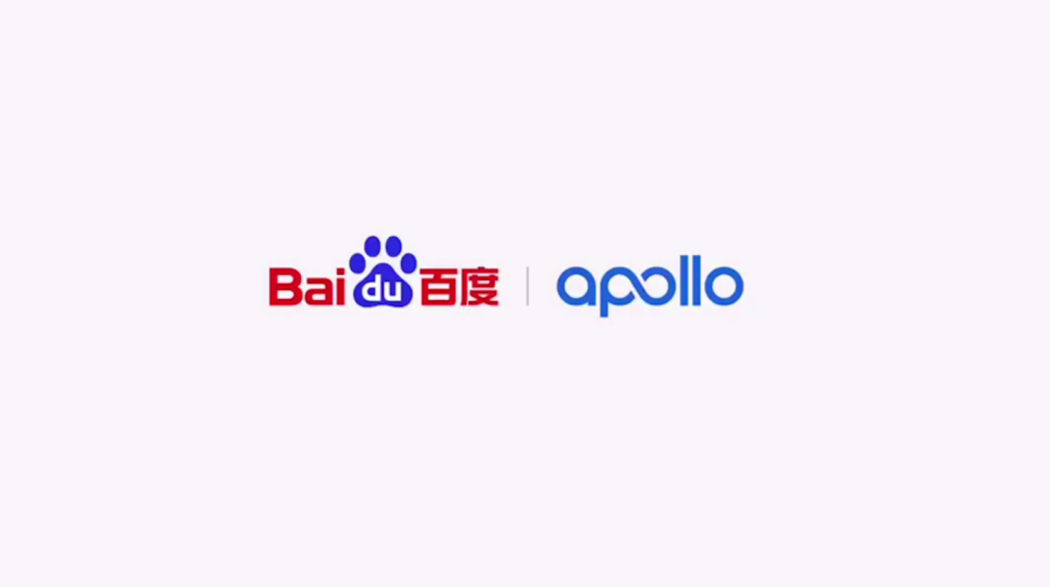
This article is a translation by ChatGPT of a Chinese report from 42HOW. If you have any questions about it, please email bd@42how.com.
